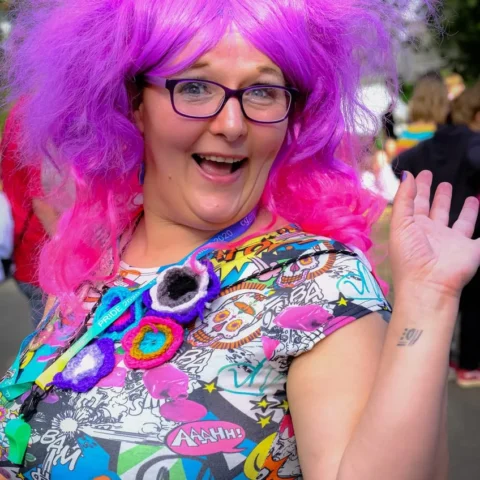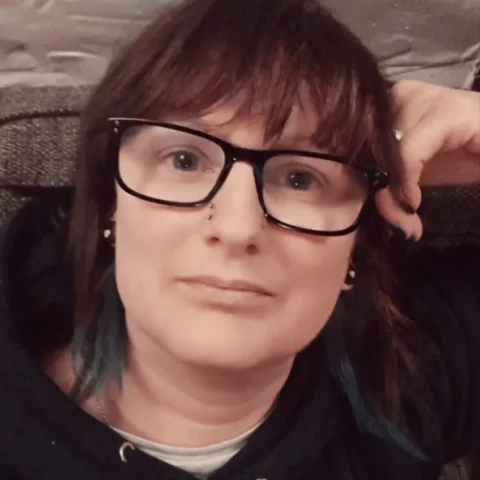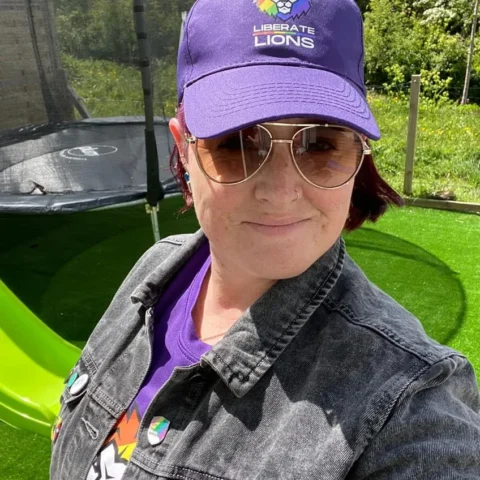
Intersex: Not everyone fits into the binary brackets of female or male
Understanding Intersex variations and the non-binary nature of biological sex is also very important to understanding how sex and gender interconnect with each other.





Biological Sex is Not Binary
It’s crucial to recognise that the traditional binary model of biological sex (male and female) does not fully encompass the complexity of human biology. The intersex community’s existence challenges this binary concept by highlighting the presence of individuals whose biological characteristics exist outside these rigid categories.
Not everyone can be neatly categorized as wholly biologically male or female.
One of the simplest way to learn a little more would be to watch this fascinating TedTalk by Emily Quinn who is intersex herself. She learned that she had biological characteristics of both male and female.
Intersex is a term used to describe a range of natural variations in human sex characteristics that differ from typical definitions of male or female. These variations can encompass a wide spectrum, and it’s essential to understand the terminology associated with intersex variations to appreciate the diversity within this community. Moreover, recognising that sex is not strictly binary and that not everyone is wholly biologically male or female is crucial in understanding the complexity of human biology.
Glossary of Intersex terms
Intersex is the overarching term that refers to individuals whose biological attributes (such as chromosomes, gonads, hormones, or genitals) don’t fit typical definitions of male or female. Intersex variations are diverse and can manifest in various ways.
This term is often used in medical contexts to describe intersex variations. It emphasizes the biological aspects of intersex characteristics.
Gender identity refers to how a person identifies their gender, which may or may not align with their assigned sex at birth. Intersex individuals may identify as male, female, both, neither, or as another gender entirely.
Individuals with AIS have XY chromosomes but are born with female or ambiguous genitalia due to their bodies not responding fully to androgens (male hormones). They may identify as female and often undergo feminizing surgeries during childhood.
CAH can result in excess androgen production in individuals with XX chromosomes, leading to varying degrees of masculinization of the external genitalia. Some people with CAH may identify as female, while others may identify as intersex.
Individuals with Klinefelter syndrome have an extra X chromosome (XXY) and may experience delayed puberty, reduced fertility, and sometimes develop breasts. They often identify as male.
People with Turner syndrome have only one X chromosome (X0), which can lead to short stature, heart problems, and infertility. Most individuals with Turner syndrome identify as female.
In XX/XY mosaicism, an individual possesses both XX and XY cells, which can result in various combinations of male and female characteristics. Gender identity varies among affected individuals.
This condition occurs when the urethral opening develops on the underside of the penis instead of the tip. While it can be associated with intersex variations, not all individuals with hypospadias identify as intersex.
Individuals with Swyer syndrome have XY chromosomes but do not develop typical male gonads. They often identify as female and may undergo hormone therapy.
Recognising intersex variations and the non-binary nature of sex highlights the beautiful diversity of human biology and gender identity.
Embracing and respecting individuals’ identities and experiences is a vital step towards a more inclusive world for everyone. It’s essential to appreciate that both gender and sex exist on a spectrum, and this diversity enriches our understanding of humanity. Supporting intersex individuals and acknowledging the non-binary aspect of sex is an important part of building an inclusive and accepting society. Not everyone can be neatly categorised as wholly biologically male or female, further emphasising the need for inclusivity and understanding.
To read more go to: